Napoli
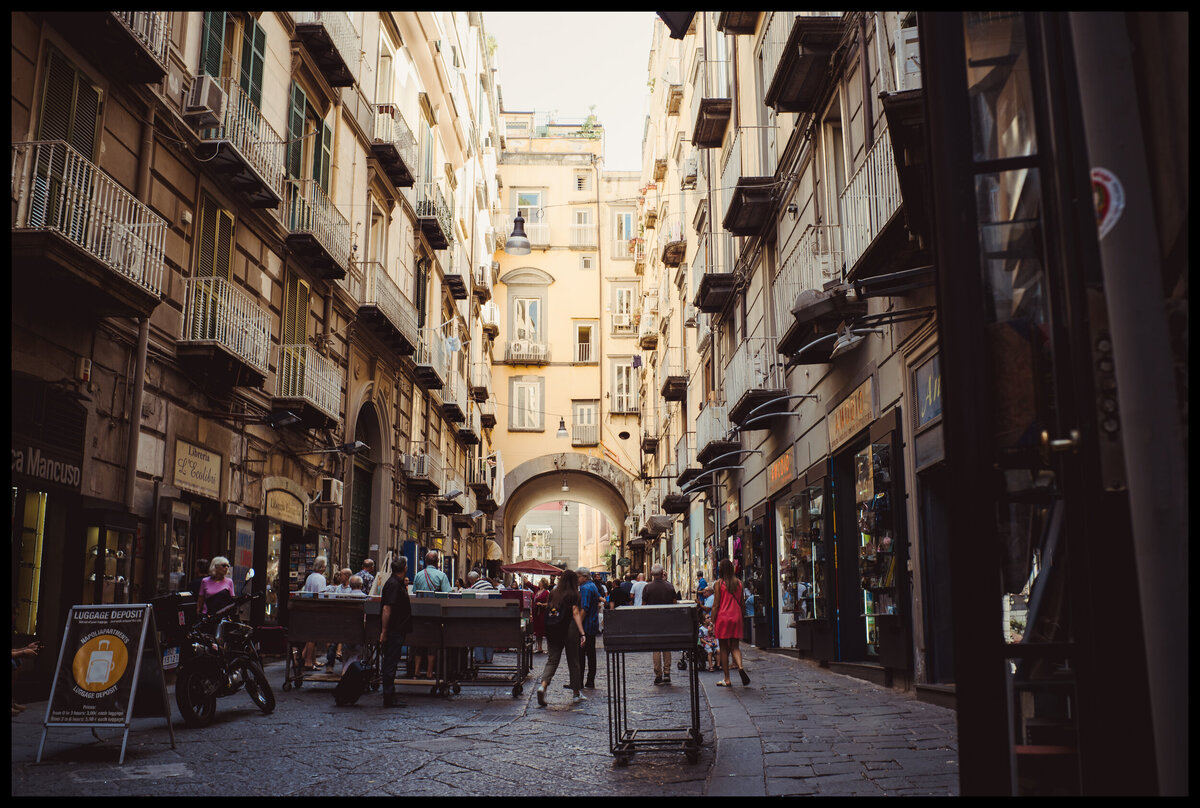
My last batch of photos wasn’t sent out by email, and I can’t quite find out why. If you’re interested, here’s a link: http://www.martinirwinphotography.com/myblog/2019/10/12/amalfi-coast-beach-life
Anyway, back in Naples. After a good 10 days mooching around the Amalfi Coast, up and down the Amalfi Drive, it was time to return home. This required flying out of Naples again, and so we booked a couple more nights in the town. The plan was to go shopping on the first day, and find a pool or beach on the next (last) day, before flying out the following morning.
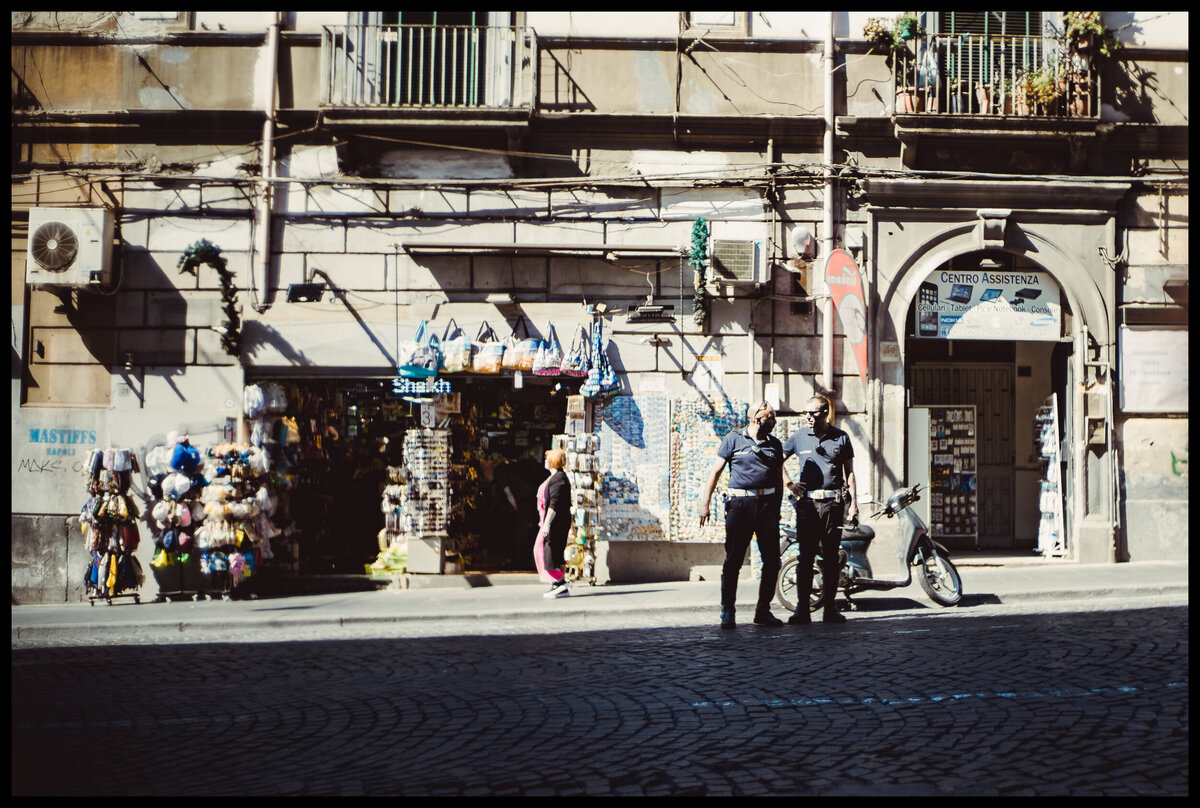
Naples is definitely “full of life”. It seems as though every centimetre has been used at some point in the last thousand years. It’s not the cleanest city in the world, but it has character in spades.

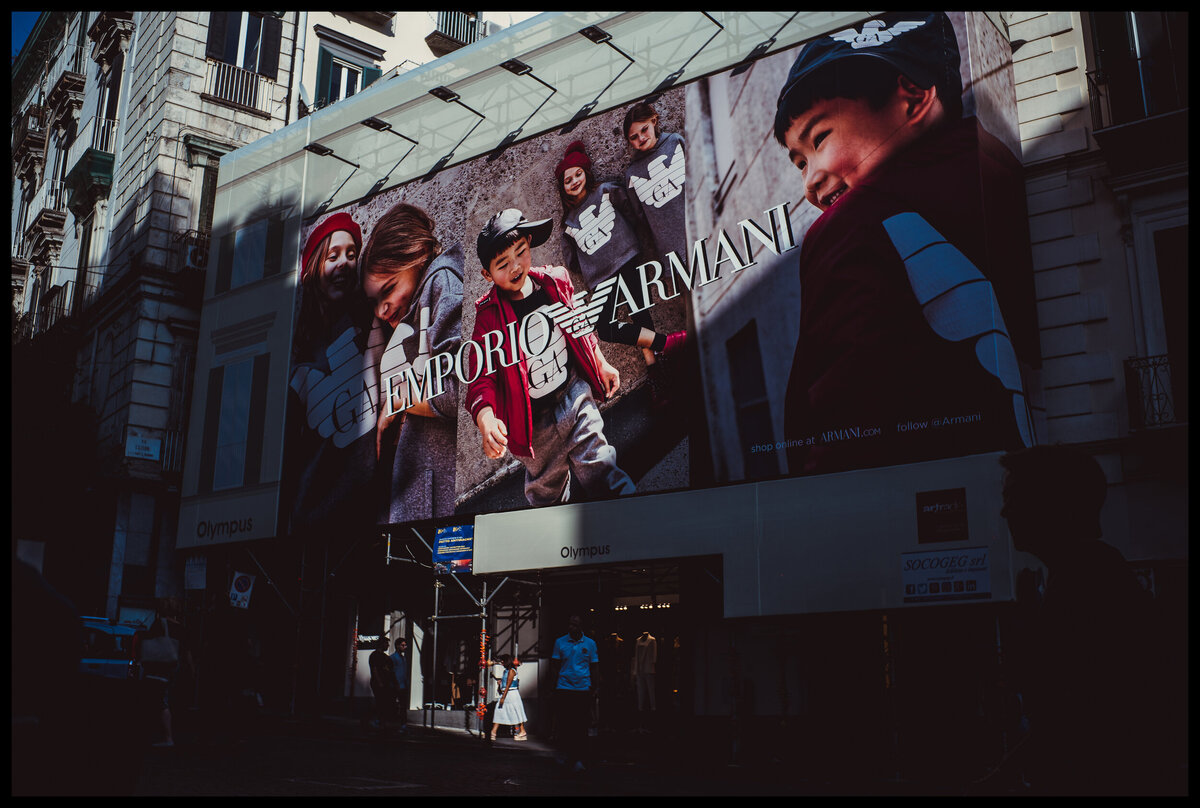
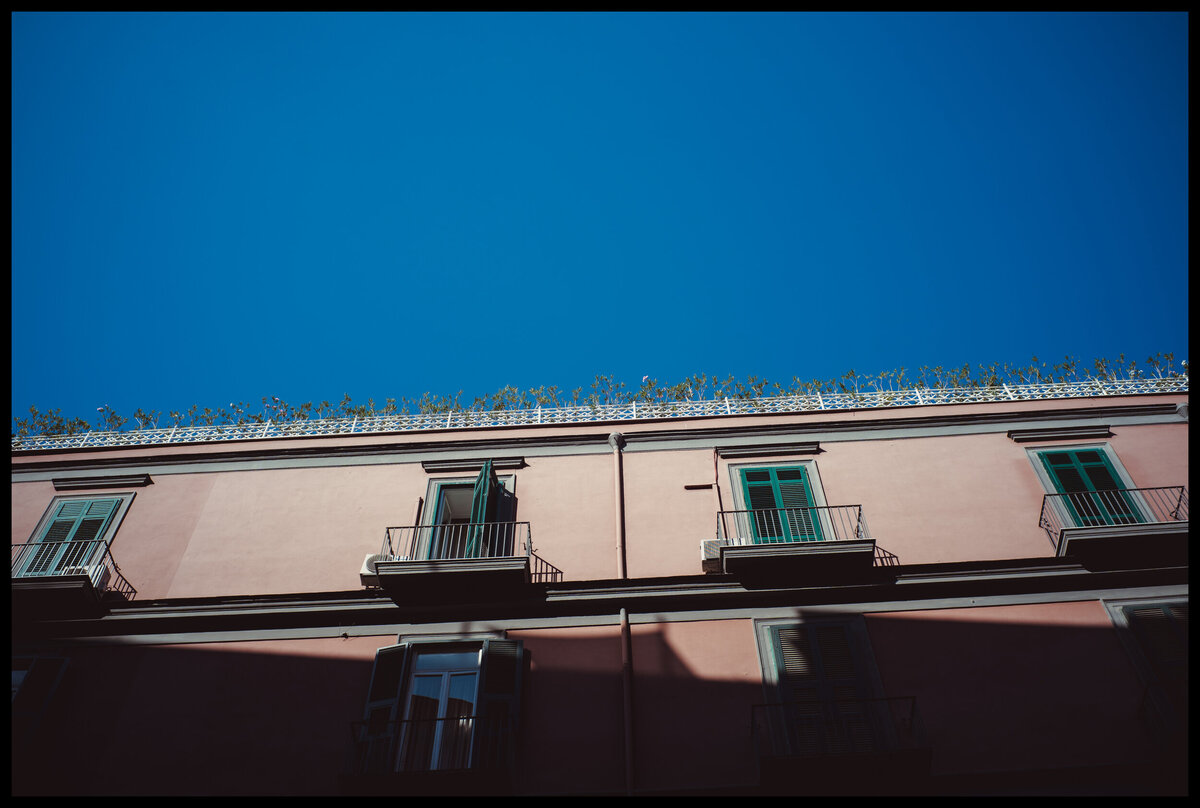
There seems to be a lot of 60s-esque architecture around the city, not that I am confident enough to state its era, but the square shapes, colours, and concrete remind me of parts of England developed around this time.
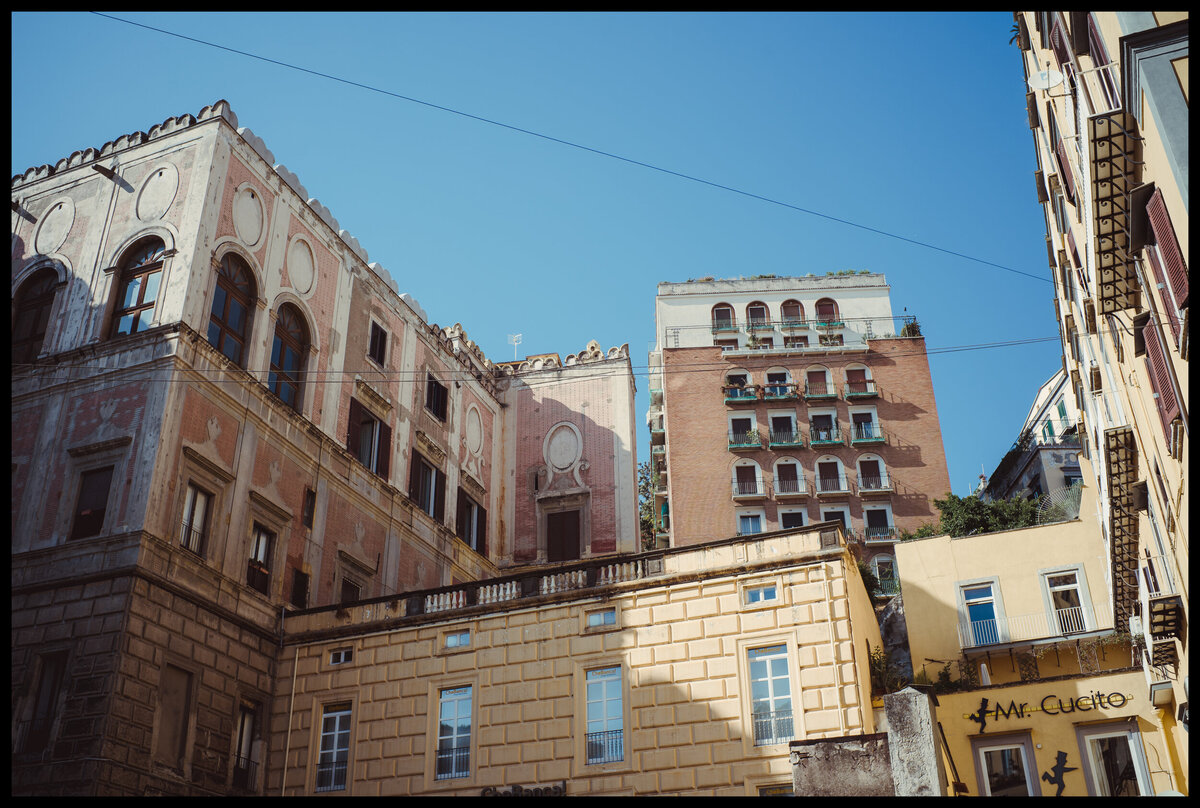
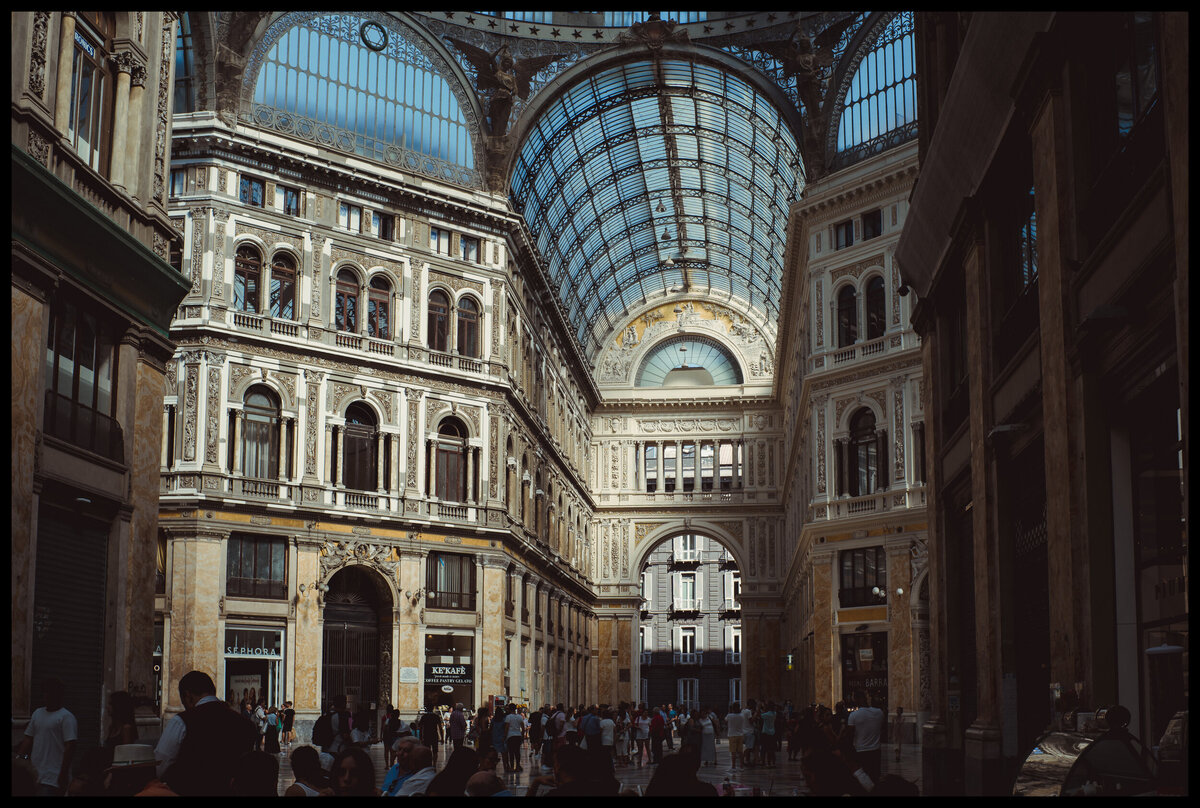
The above photo is of the strikingly beautiful Galleria Umberto.
Galleria Umberto I is a public shopping gallery in Naples, southern Italy. It is located directly across from the San Carlo opera house. It was built between 1887–1891, and was the cornerstone in the decades-long rebuilding of Naples — called the risanamento (lit. “making healthy again”) — that lasted until World War I. It was designed by Emanuele Rocco, who employed modern architectural elements reminiscent of the Galleria Vittorio Emanuele II in Milan. The Galleria was named for Umberto I, King of Italy at the time of construction. It was meant to combine businesses, shops, cafes and social life — public space — with private space in the apartments on the third floor.
The Galleria is a high and spacious cross-shaped structure, surmounted by a glass dome braced by 16 metal ribs. Of the four iron and glass-vaulted wings, one fronts on via Toledo (via Roma), still the main downtown thoroughfare, and another opens onto the San Carlo Theater. It has returned to being an active center of Neapolitan civic life after years of decay.[1][2] The building is part of the UNESCO listing of the Historic Centre of Naples as a World Heritage Site.
—Wikipedia
We had some gelato and a coffee, and then did a spot of shopping. It’s such a beautiful structure. No matter how beautiful today’s modern buildings are, they are never as intricate as the buildings of yore. The details, the essentially pointless details, which add nothing to structure and have everything to do with style, are what separate the modern world from the past. It looks like someone really cared when designing this. Not that I am saying today’s architects don’t care, but there’s not one glass structure on earth that has this kind of presence.
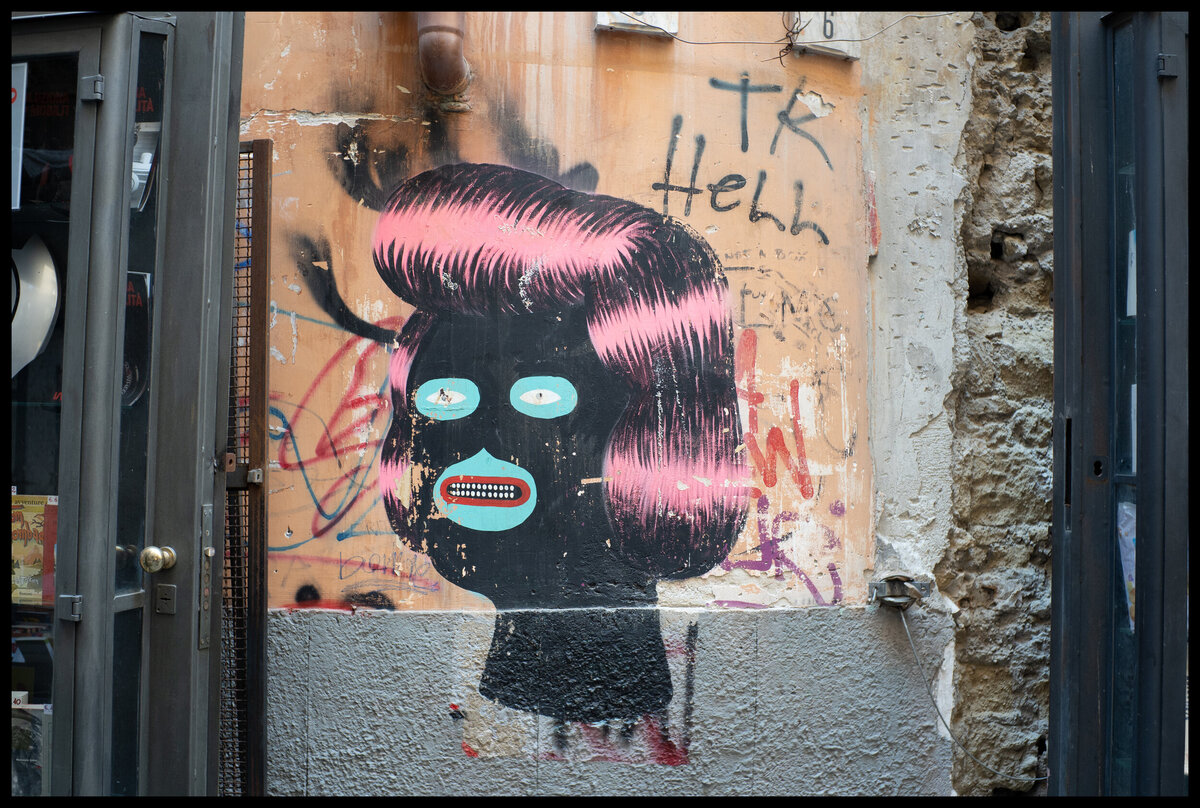
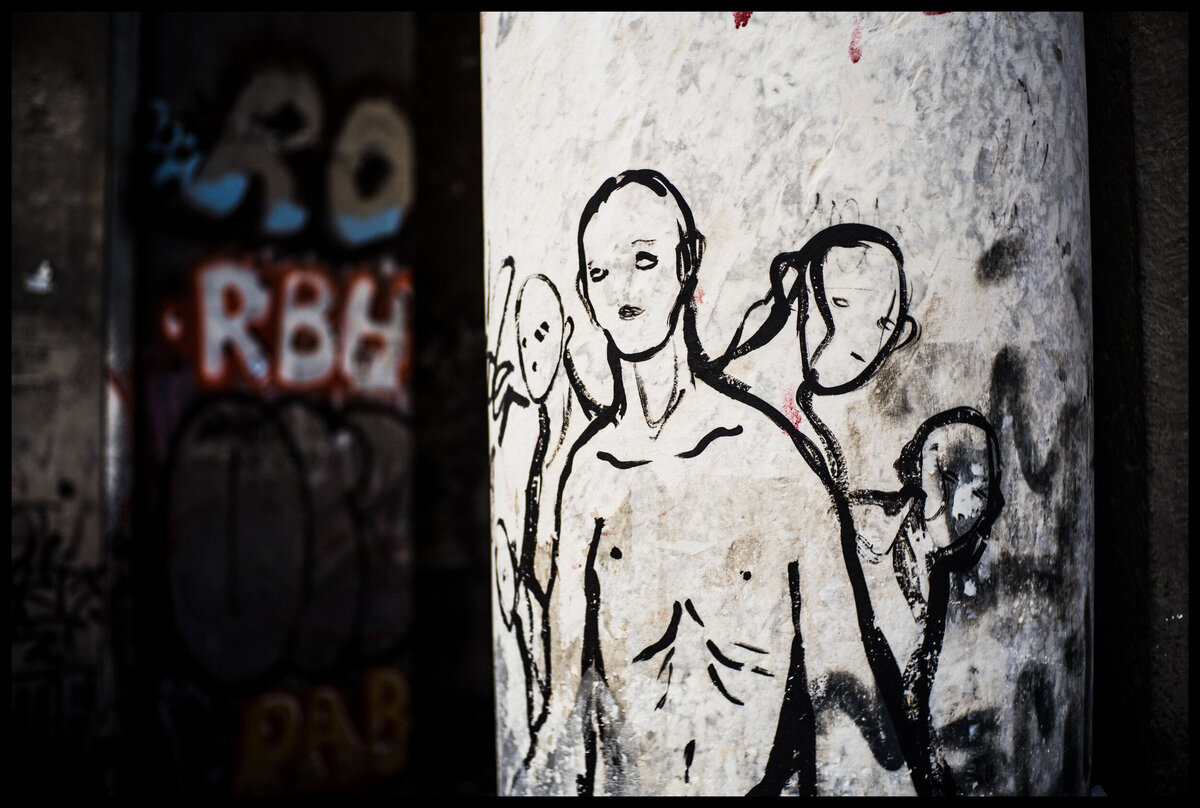

I was left leaving Naples with an absolute sense of wanting to return. I can see why almost every James Bond film has some scenes in Italy—it’s striking beautiful and there’s so much going on. It’s anything but boring. I often thought how it’s interesting to peer behind the curtain of Italian life in this way. The daily routines of the old, sturdy housewives putting out laundry first thing in the morning, the men in their suits, smoking, having business meetings stood in the street, the constant car horns as people alert each other of their presence… yet it’s possible to relax amongst this organised chaos quite easily. Everything “just works”, in the Italian way. If people are late, they’re late.
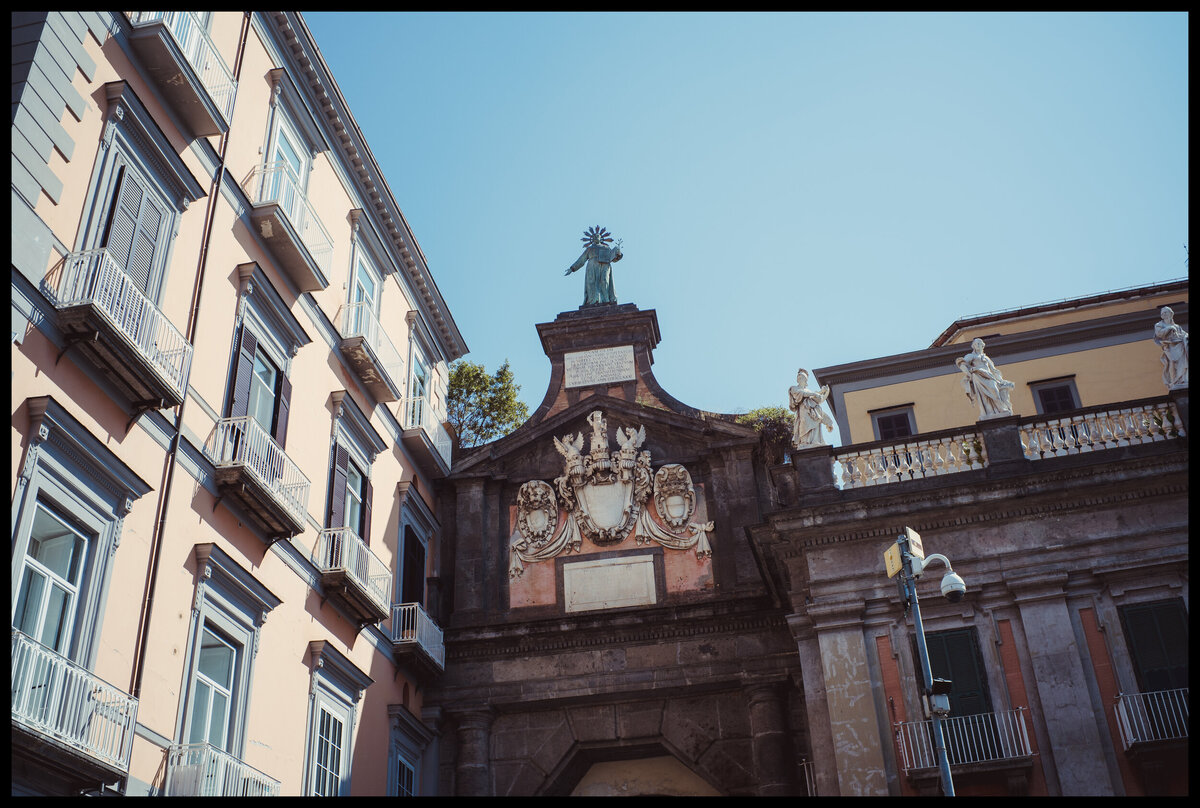
The passion of Italy runs deep, and is no more evident that in the buildings and their occupants, or those carving through the streets, the blood vessels of Naples.